Most photographers who are just starting off have a difficult time discerning what depth of field is and an even more difficult time trying to envision it. In this short tutorial, I'll show how to envision depth of field, and three easy way to manipulate it.
Simply put, your Depth of Field is how much of your image is in focus vs. how much of your image is out of focus. However, don’t confuse depth of field with the bokeh of your image, because that refers to the quality of your background blur. There’s actually a pretty complex formula that you can use to calculate your focus area in an image for those of you who are inclined to learn the technical approach, but I don't expect anyone to remember it by heart.
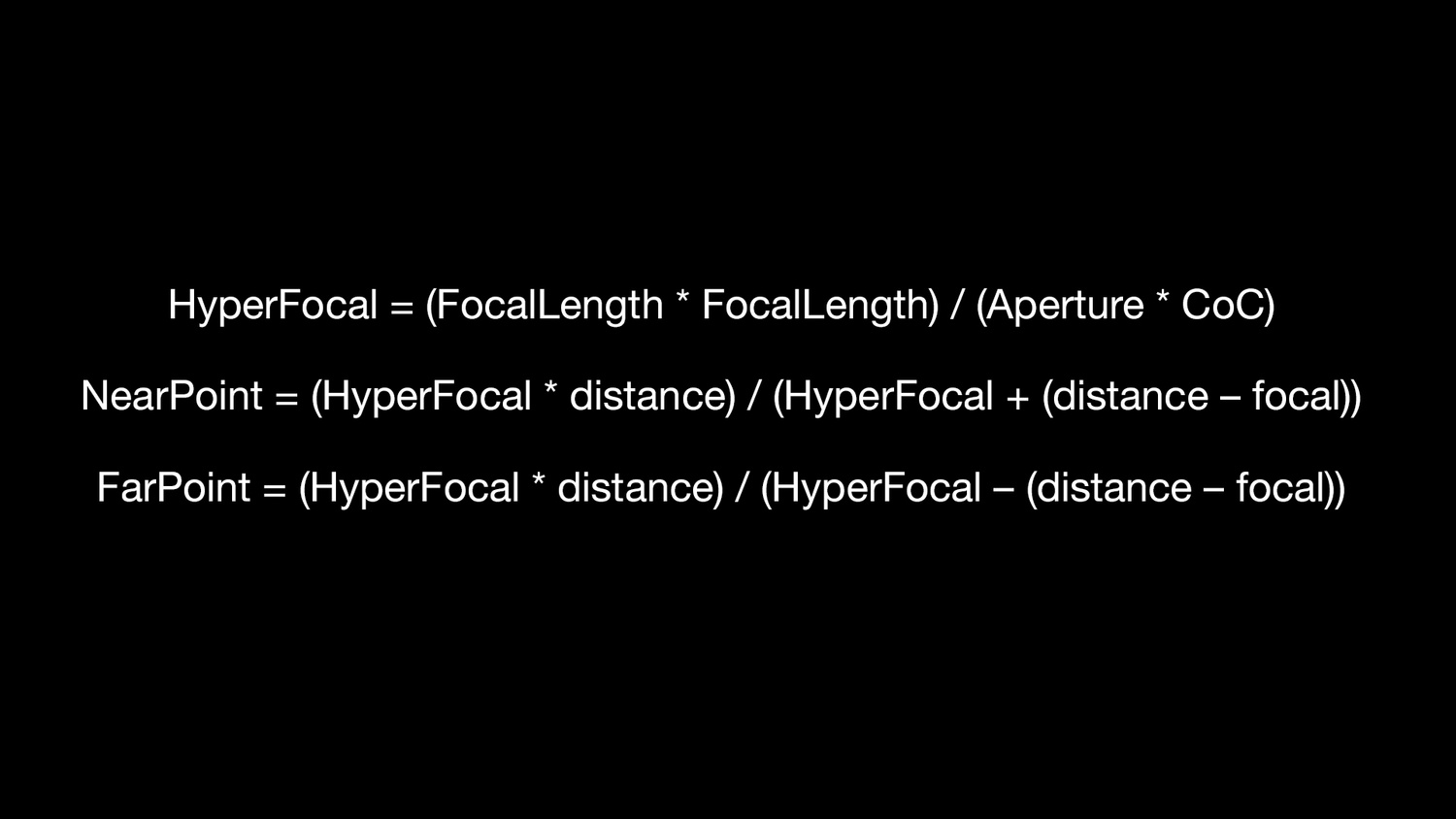
There are three simple ways to control your Depth of Field and those are your aperture, your focal length and the physical distance between you and your subject.
APERTURE
The most obvious for most photographers is to simply control your aperture, or your f-stop. Lenses with apertures wider than f/2.8 will have a shallower depth of field, or a more “blurry” background compared to lenses with less wide of apertures. That’s simply because we’re directly influencing our depth of field. In the three minute video above, I'll share with you a visual example of how depth of field works. This is by far the easiest way to manipulate depth of field, but it’s not the only way.
FOCAL LENGTH
The second method to control your aperture is to change your focal length as it also directly impacts your depth of field. For instance, take a look at the following two images taken with the same settings and different focal lengths. As the focal length increases, my background becomes increasingly more out of focus. How? Well, by changing my focal length, I’m also changing my viewing angle. The more you’re zoomed into your subject, the smaller your viewing angle and the less of the image that’s in focus.
DISTANCE
The following two images were both taken at the same exact same settings. The light remained consistent in the room and the only difference between these two images is the overall distance between myself and my subject. But the difference between the depth of field appears to be drastically different… Or is it? Remember that if my aperture remains consistent, so does my depth of field. But by increasing my distance from the subject or my viewing angle, the overall area of focus increases. This means that I’ll have more of the subject in focus if I’m further away, and less in focus if I move closer toward my subject. And that’s not all! The same could be said for my background! If both you and your subject remained equal distance from one another and move away from your background, you could also increase the make the background look even blurrier.
And that’s it! Those are three simple ways to change your depth of field or as some new photographers would say, make the background blurrier. I hope that you guys enjoyed this short tutorial, if you did, please subscribe to my channel and share this video with your friends.
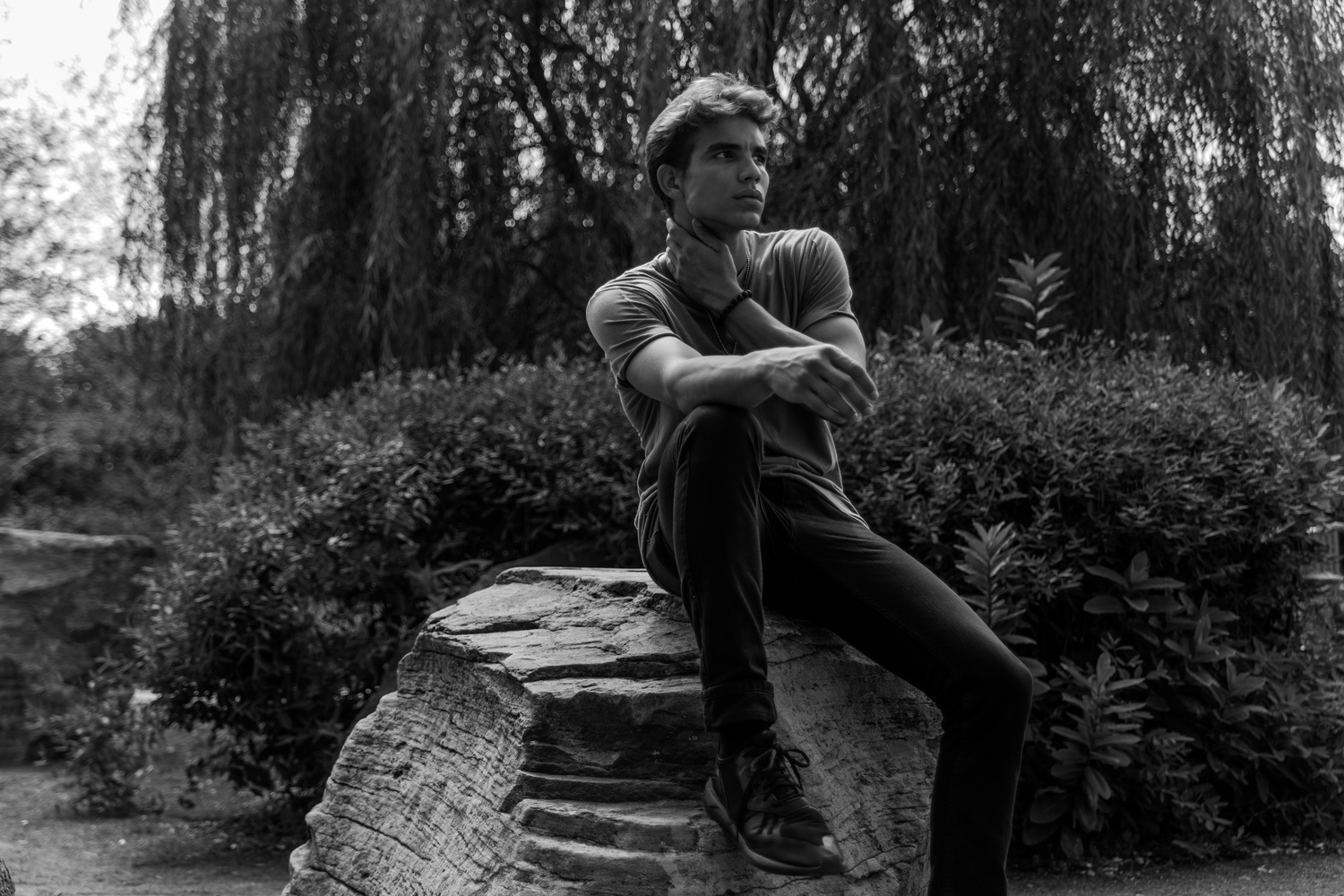
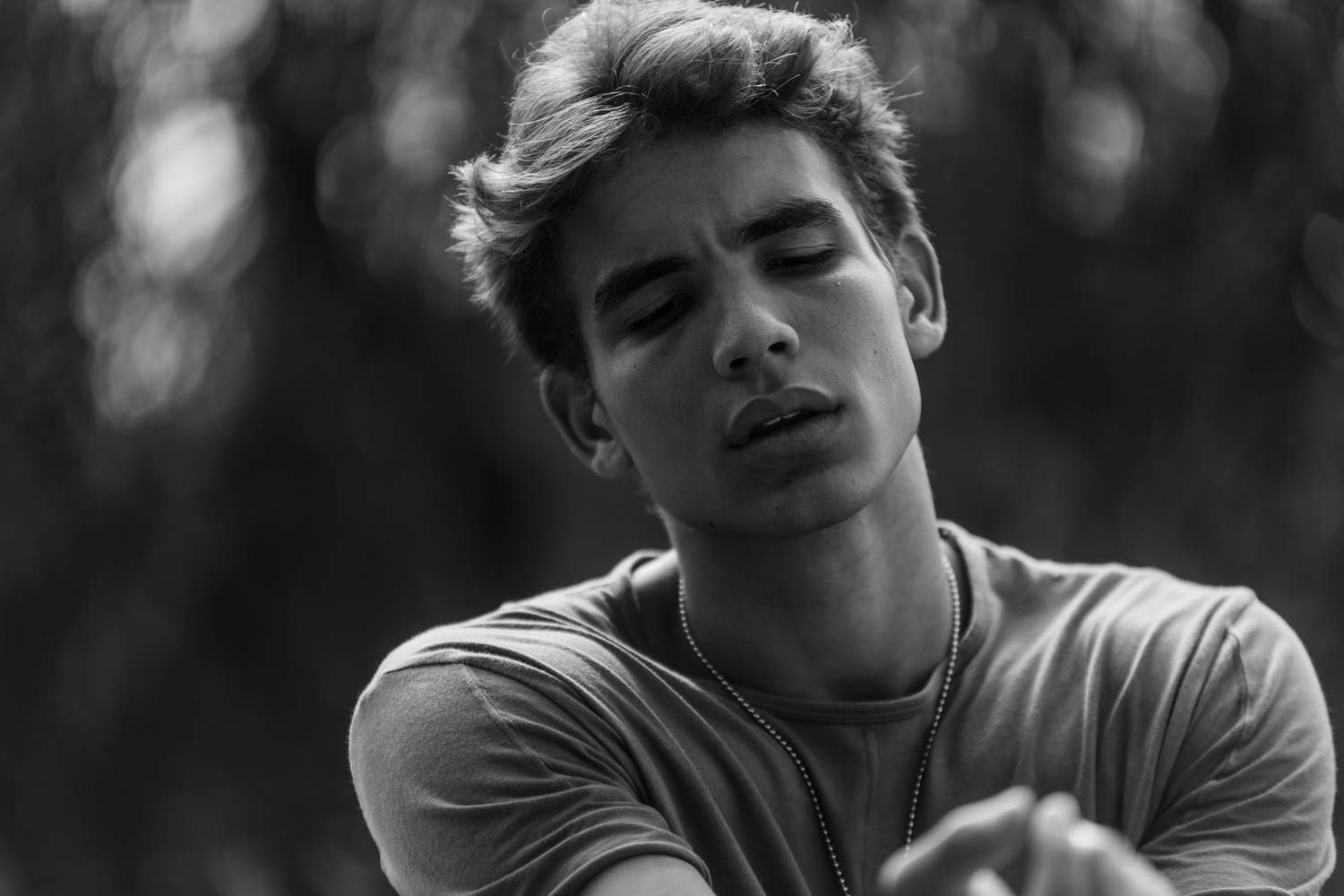
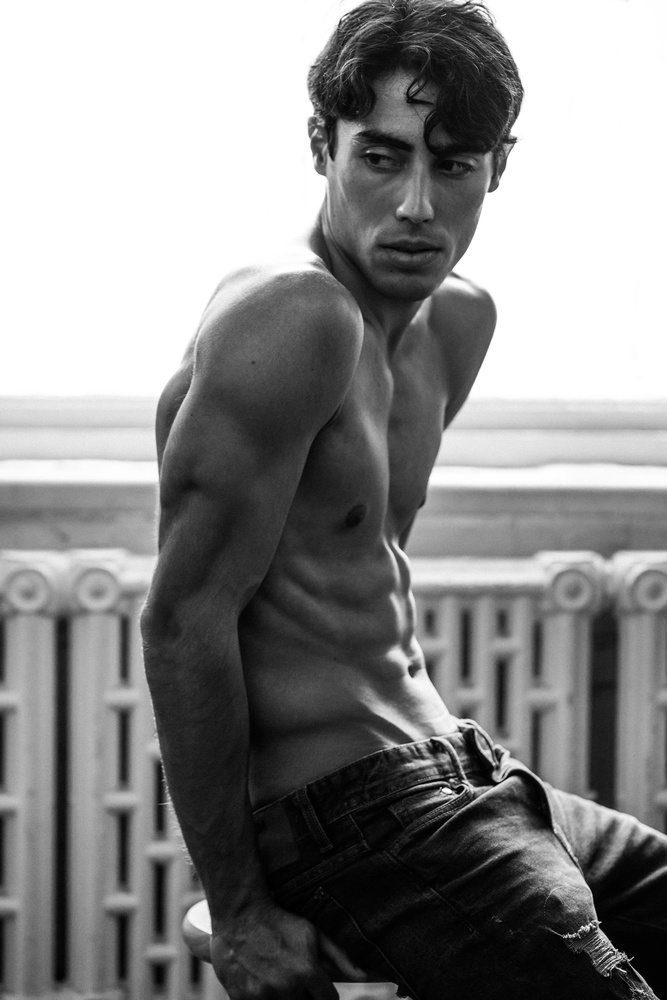
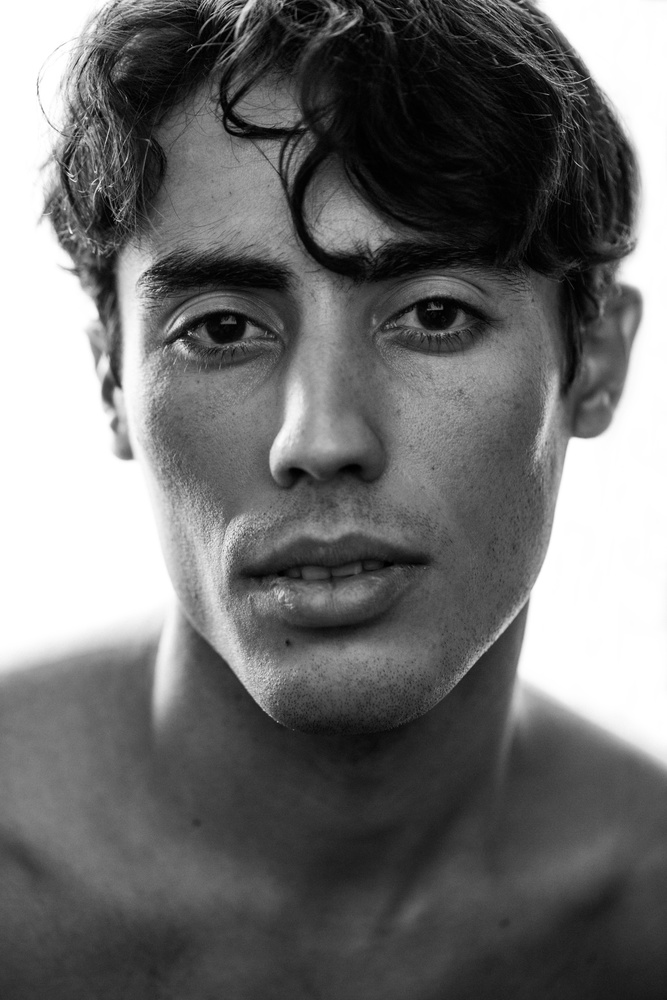






Clear and simple advice- thanks for this!
Succinctly put. My congratulations. Keeping these rules in mind is all one really needs. Thank you.
Hi, Jeff. I want to start by thanking you for sharing your experience. It's thanks to photographers like you that people like me have the possibility of learning at a faster pace. On the other hand, I'd like to make a little contribution myself.
It's a common believe that there's a relationship between the DoF and the focal length of your lens, but that's actually not true. Take a look, for example, at the article by Matt Brandon, "Depth of field revealed" (http://goo.gl/fvn0Op), where the author gives practical demonstrations by comparing the DoF if an imagen taken with a 19mm and a 200mm lens. The focal length, as you said it correctly, does affect the angle of view, and by simplifying the background, it gives the impression of it being blurrier.
Best wishes.
Yeah. Most of us have read all this, including the thesis that it's the physical aperture size (not f-stop) that is the dependency. And for macro work, focal length goes away for these calculations and all that's left is mag factor, f-stop, and CoC. Practically, though, that doesn't really matter for the day to day work we must do. For all non-macro work this works just fine.
I think it should be mentioned that format size also has a strong effect on perceived depth of field. The same lens will appear to be both wider and faster on the larger sensor or film area.